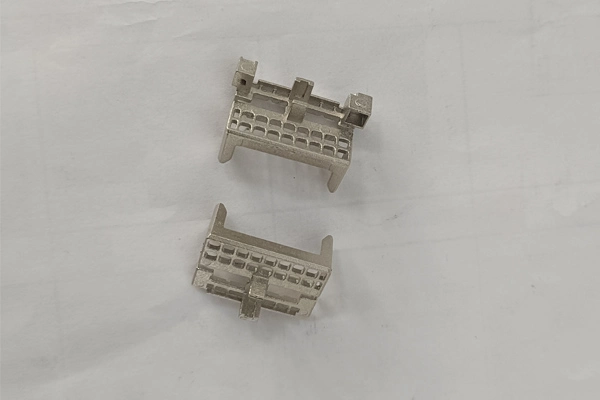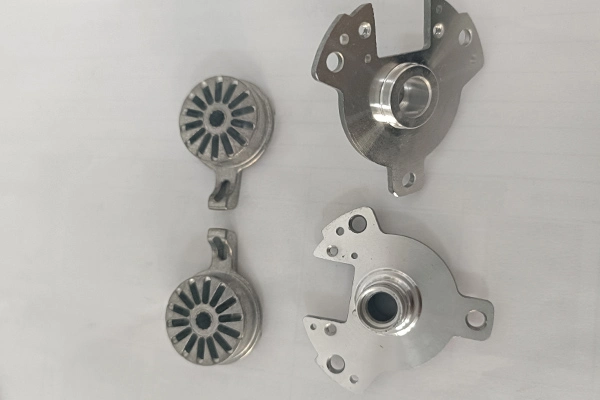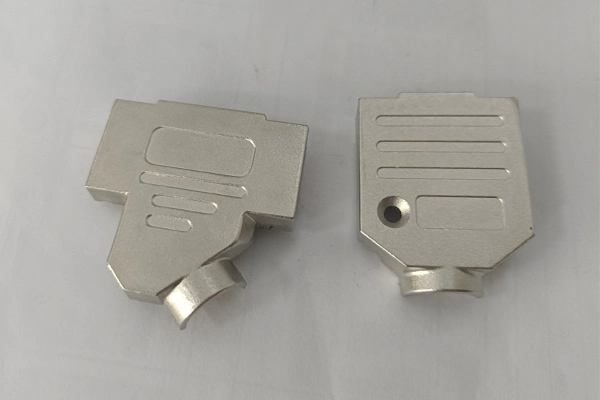Zinc is often overlooked in favor of aluminum or steel. But it might just be the perfect material for high-precision casting.
Zinc alloys are ideal for die casting because they offer strength, precision, and design flexibility while keeping production costs low, especially in high-volume manufacturing.

Zinc casting offers a unique balance that is hard to beat. As someone who has worked with many alloys over the years, I’ve learned that zinc consistently surprises me with how well it performs. In this article, I want to walk you through the basics and beyond — so you’ll know exactly when and why to choose zinc.
Zinc can be cast into incredibly fine shapes. But why does it behave that way? Let's break it down.
Zinc alloys have low melting points, high fluidity, good dimensional stability, and excellent corrosion resistance, making them perfect for small, complex, and durable components.

Zinc alloys are strong enough to handle mechanical stress while being flexible enough to mold into tiny features. Their low melting point means they can be cast with less energy and faster cycle times, which helps keep costs down.
Here's a simple table to show the properties that matter:
| Property | Why It Matters | Typical Value |
| Melting Point | Reduces energy cost and mold wear | ~380–390°C |
| Density | Provides weight and durability | ~6.6 g/cm³ |
| Tensile Strength | Helps parts resist breaking under stress | ~300 MPa |
| Elongation | Adds ductility and impact resistance | ~3–10% |
| Corrosion Resistance | Suitable for humid or outdoor use | High |
| Dimensional Stability | Perfect for tight tolerances | Excellent |
In my experience, zinc is the go-to when customers want fine detail, long-lasting strength, and tight dimensional control — especially when we use multi-slide machines for high-speed, precision parts.
There are many zinc alloys. Each one solves a slightly different problem.
The most common zinc alloys for die casting are Zamak 2, 3, 5, and 7. Zamak 3 is the industry standard, while Zamak 5 offers better strength and wear resistance.

Not every zinc alloy works for every job. I usually start by looking at strength, casting precision, and surface finish.
Here’s a breakdown I often refer to when advising clients:
| Alloy | Best For | Main Strengths |
| Zamak 3 | General-purpose applications | Easy to cast, good balance of properties |
| Zamak 5 | Stronger mechanical parts | Higher strength, slightly lower ductility |
| Zamak 2 | Wear-resistant components | Very hard, less ductile |
| Zamak 7 | Thin-wall castings | Better fluidity, high finish quality |
One of our long-term clients had issues with connector warpage. We switched them from Zamak 5 to Zamak 7, and it immediately improved both fit and finish. The right alloy can make or break your part — literally.
So, how do we turn a raw zinc alloy into a high-precision part?
Zinc die casting involves injecting molten zinc into steel molds under high pressure. It’s fast, accurate, and ideal for producing complex shapes in large quantities.

This process is where the magic happens. Here's what a typical production cycle looks like:
1. Mold Design – I always say this is the most important step. Without a good mold, even the best alloy won’t help.
2. Melting the Alloy – Zinc melts quickly and cleanly. That’s part of what keeps cycle times short.
3. Injection – Molten zinc is pushed into the mold cavity at high pressure.
4. Cooling and Ejection – The part solidifies quickly, then is released from the mold.
5. Trimming and Finishing – Any excess material is removed, and surface finishes are applied if needed.
At Eesson, we specialize in multi-slide die casting, which allows us to cast very intricate components that would be difficult or impossible using traditional methods. This technology has let us help clients who needed tiny parts with hidden undercuts, like headphone jacks or sensor housings, without having to go to more expensive CNC solutions.
You might be wondering why someone would pick zinc over aluminum or magnesium.
Zinc alloys offer better dimensional control, longer mold life, and lower total production costs, especially for high-volume or small-part applications.

Zinc is not always the right choice, but when it is, it wins big. Here's how I explain it to clients comparing options:
| Advantage | Why It Helps |
| High Precision | Makes tight-tolerance parts consistently |
| Lower Melting Point | Reduces energy cost and tool wear |
| Excellent Surface Finish | Often no need for post-processing |
| Long Tool Life | Steel molds last longer with zinc |
| Complex Geometry Friendly | Ideal for multi-slide casting |
| Recyclable and Efficient | Minimal waste during production |
We had a project for a medical handheld device housing where tolerance was critical, and the part had to feel solid without being heavy. Zinc gave us the finish and stability we needed — plus the mold has already lasted through over 500,000 shots with no major maintenance. That's the kind of durability you can't ignore.
Zinc alloys make die casting easier, cheaper, and more precise, especially for complex or high-volume parts.